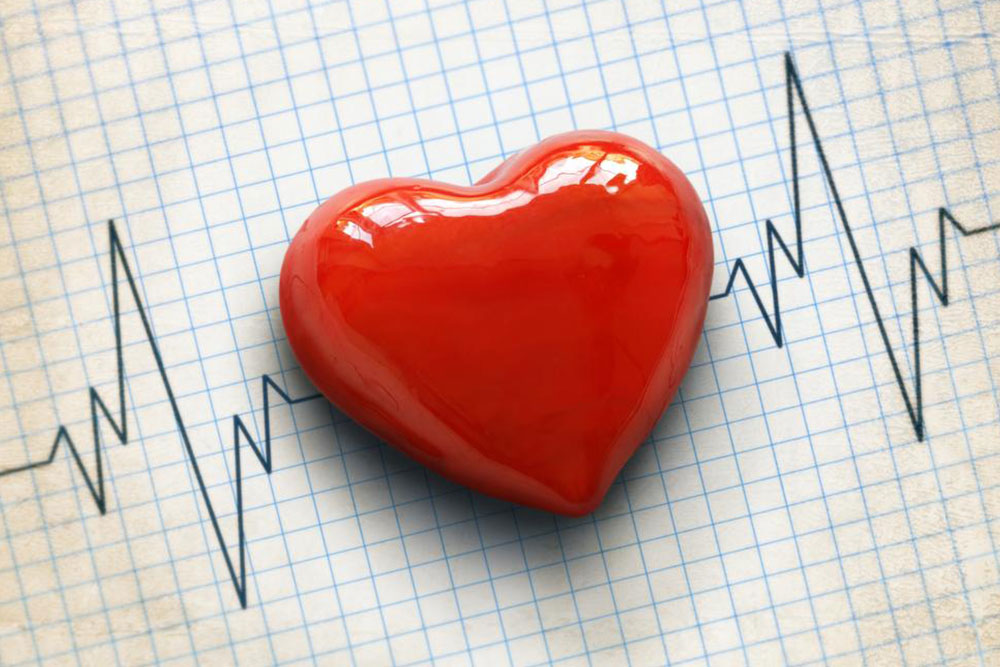Understanding the Importance of Resting Heart Rate Charts
Learn the importance of monitoring your resting heart rate with a chart. Discover how it reflects your health, tips for maintaining a healthy pulse, and lifestyle strategies to improve cardiovascular fitness. Regular tracking aids in early health issue detection and enhances overall wellbeing.

Monitoring your resting heart rate using a dedicated chart is vital for assessing overall health. For a typical adult, a healthy resting pulse ranges from 60 to 100 beats per minute. Active individuals and athletes often have resting rates between 40 and 60 BPM, indicating better cardiovascular fitness. Regularly tracking this metric can help identify potential health concerns, such as blood pressure or heart issues, especially with age. Athletes benefit from monitoring to optimize performance, while regular individuals should aim for consistency through exercise, balanced diet, and stress management to maintain a healthy heart rhythm.
Keeping tabs on your resting heart rate can strengthen your heart and immune system, aiding in early detection of health problems. Incorporate activities like brisk walking, swimming, or cycling, along with a nutritious diet and relaxation techniques like yoga or meditation. Small lifestyle adjustments can significantly impact your cardiovascular health and overall wellbeing.
Note: While tracking your pulse provides valuable insights, it should complement regular medical checkups. The information here is for guidance only and not a substitute for professional healthcare advice.










